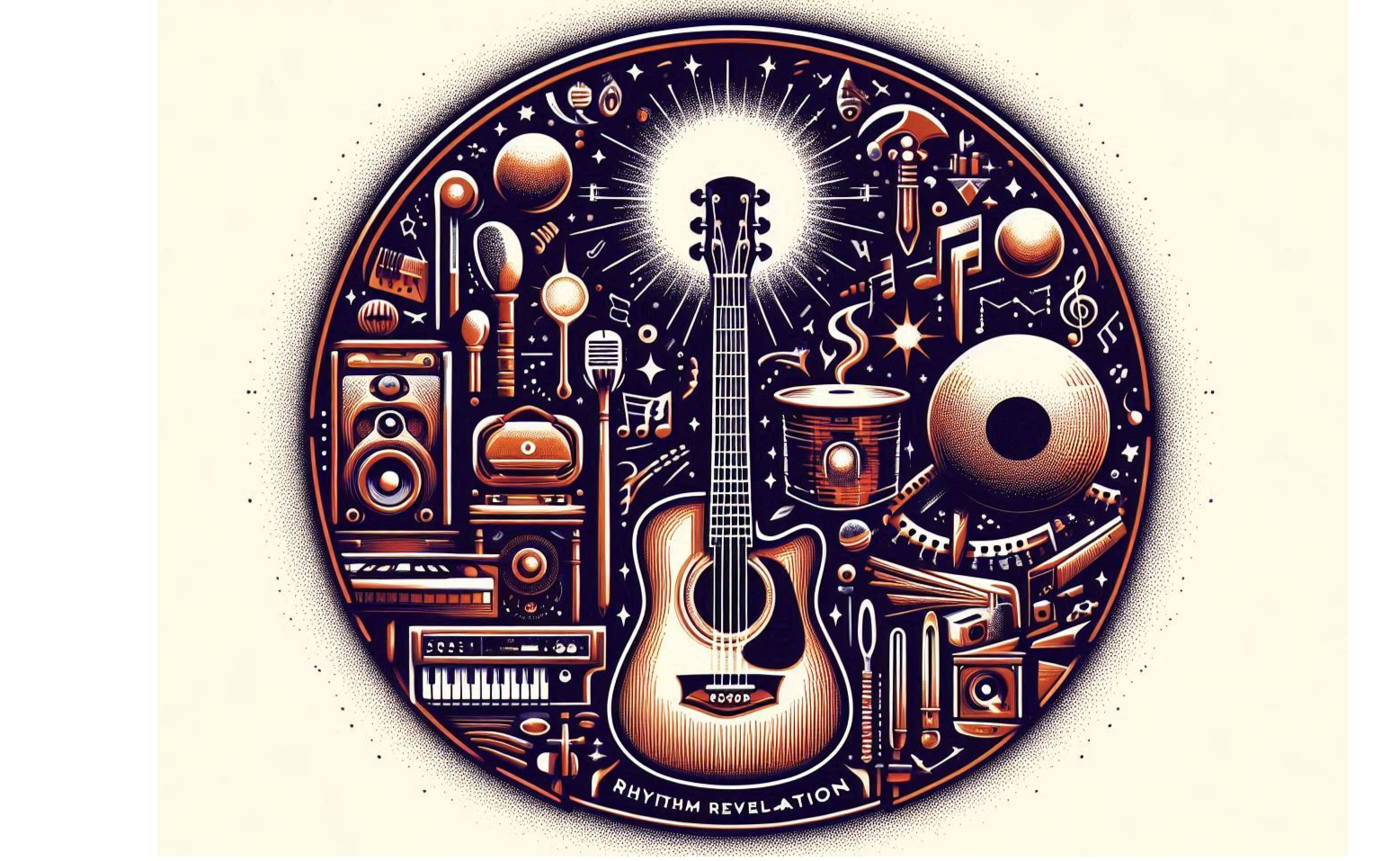Understanding the roots of music is like peeling back the layers of a rich, cultural onion. Music doesn’t just pop up; it’s born from centuries of creative expression, starting way back in ancient times where rhythms were used to tell stories and bring communities together. Each beat, each melody connects us to our ancestors.
Music served diverse roles in different societies. Think about African tribal rhythms or the chants of Gregorian monks. These sounds weren’t just entertainment; they were core to the identity and spiritual life of those communities. Cultural and societal influences have always shaped how music sounds and feels.
Key periods in music history offer some seriously fascinating stops on this journey. The Baroque period gave us complex compositions and genius like Bach. Romantic-era music pulled on your heartstrings, while the 20th century brought jazz and rock’n roll shaking up everything we knew.
Through these eras, we meet rockstars of their time—Beethoven, Mozart, and Miles Davis—each pushing boundaries and paving new ways in their unique styles. Their influences stretch across time, touching notes that today’s artists still resonate with. Music has always been a language of its own.
Anatomy of Music Appreciation: Cultivating an Informed Ear
Getting into music appreciation means sharpening your listening skills, like actively tuning in to what you’re hearing instead of letting it wash over you. Think of it like savoring each bite in a gourmet meal—you catch nuances you might otherwise miss.
Musical elements such as rhythm, melody, harmony, and dynamics are the building blocks of every piece. Each element plays its own part but works together to create the full experience. Spotting these whenever you listen to a track becomes a fun little detective game.
Music isn’t just about sounds—it’s an emotional ride. Whether you’re feeling pumped, chilled, or teary-eyed, music works its magic on your brain and heart. It can create a sense of euphoria or introspection, unlocking emotions you’d never expect.
Learning about music doesn’t just deepen appreciation; it opens new doors to understanding the world around you. Formal education can break this big, complex art form into simpler, engaging pieces. Plus, you get to discover stuff you might not check out on your own.
The Modern Music Course: Merging Historical Context with Contemporary Relevance
Music courses today are swapping dusty textbooks for interactive, tech-driven experiences. Digital platforms are revolutionizing how we engage with music history and appreciation, making learning more accessible and fun. You’re not just a spectator anymore; you can interact, remix, and explore different sounds in new ways.
These courses are embracing global perspectives, bringing a wider range of sounds and cultural contexts into the learning space. This exposure not only enhances your appreciation for music worldwide but also helps you understand the diverse backgrounds that shape contemporary music landscapes.
Technology’s role in music education is huge, with tools that offer everything from virtual instruments to immersive audio experiences. These advancements help illustrate complex concepts in an intuitive manner, making learning both engaging and effective.
For folks crazy about music, these courses can open up diverse career possibilities. Whether you’re heading towards teaching, sound engineering, or cultural studies, understanding music in context lays a strong foundation. Nurturing your passion through structured learning can guide you to exciting paths you might not have considered before.

Music history and appreciation courses play a crucial role in enhancing our comprehension of music beyond mere listening. These courses offer essential context regarding various eras, genres, and cultural influences, enabling us to understand the evolution of music and its impact on societies throughout history.
One of the key benefits of these courses is that they promote active listening, allowing students to identify musical elements such as rhythm, melody, and harmony while also considering the social and historical contexts that shaped different compositions. This approach is beneficial for both casual listeners and aspiring musicians, as it deepens emotional and intellectual engagement with the music.
In today’s digital age, where streaming services grant immediate access to a vast array of music, a solid understanding of music history becomes even more important. It helps listeners recognize patterns, appreciate the artistic intent behind works, and make connections between past and present styles. Consequently, this knowledge transforms listening from a passive activity into an engaging and enriching experience.